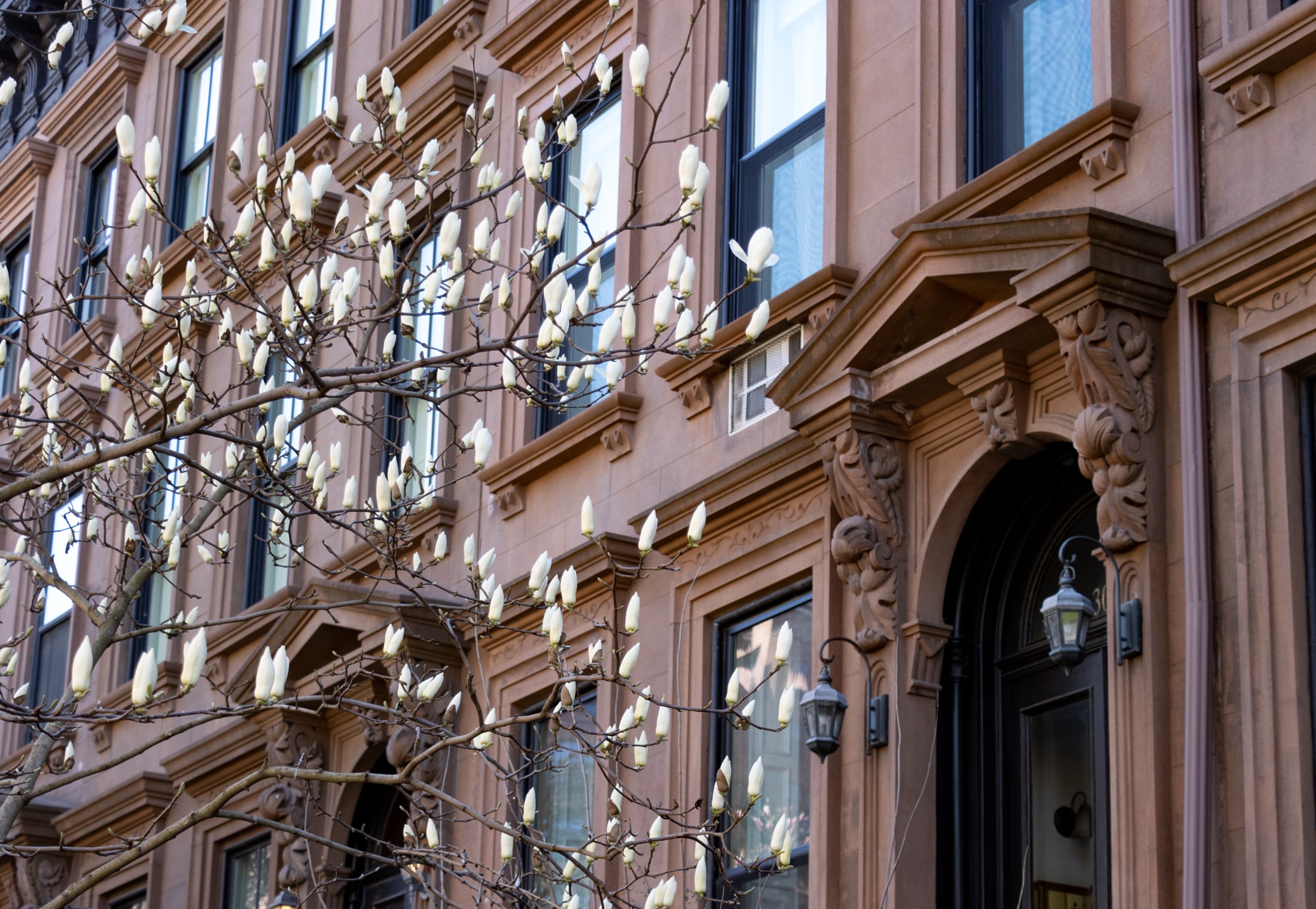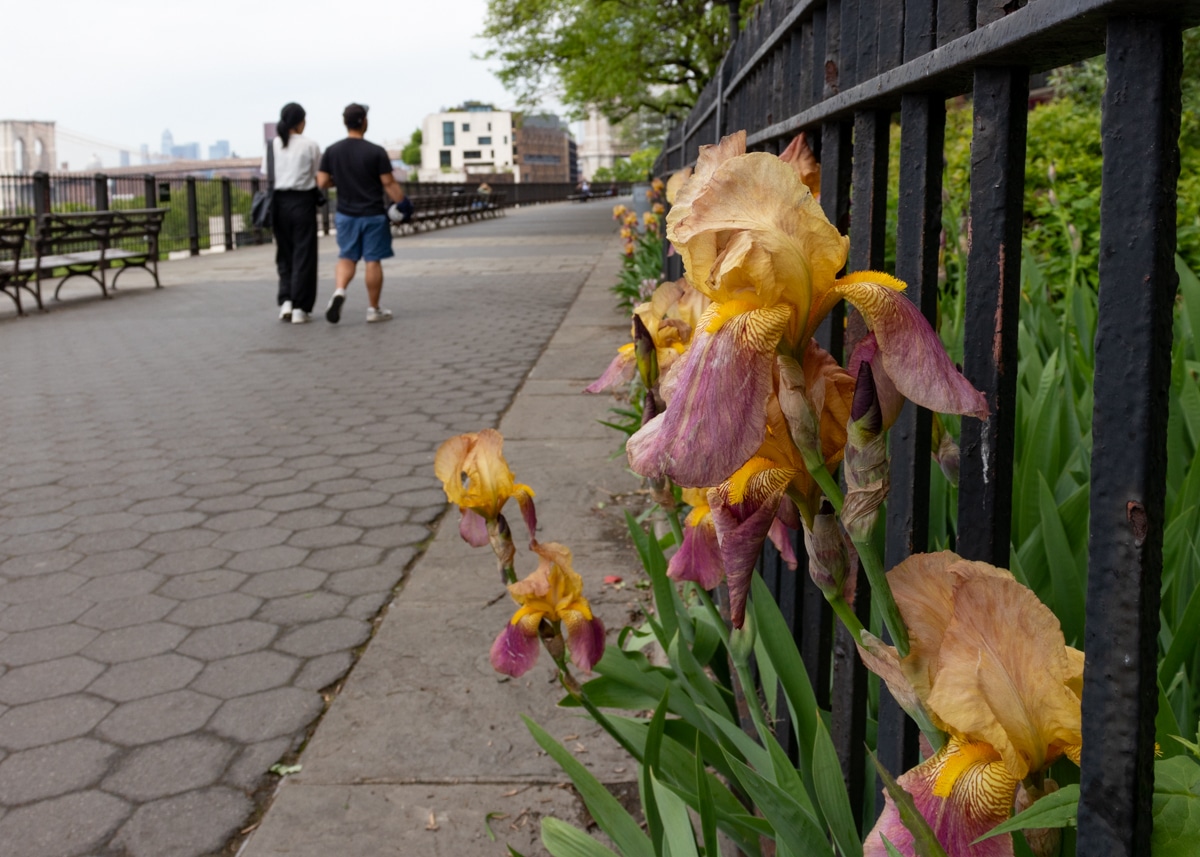End of the N: Astoria-Ditmars
Astoria. Ditmars Boulevard. The subway signs on the R train advertised these outlandish, far-off locales as I boarded it in Bay Ridge, back when I lived there for the better part of three decades. But I never really thought to trouble this northwest section of Queens until I actually moved to the borough a couple of decades…
Astoria. Ditmars Boulevard. The subway signs on the R train advertised these outlandish, far-off locales as I boarded it in Bay Ridge, back when I lived there for the better part of three decades. But I never really thought to trouble this northwest section of Queens until I actually moved to the borough a couple of decades ago.
Newcomers riding to the end of the N train (it swapped with the R in 1987) will find it extraordinarily hospitable. There’s Astoria Park with its Olympic-size pool facing the Hell Gate section of the East River and Wards and Randalls Islands.
Then there’s a bustling Greek neighborhood (now increasingly upscale) centered along the main shopping drags of 30th Avenue and Broadway, and spectacular views of midtown Manhattan and the Triborough and Hell Gate Bridges.
In recent years, Astoria and its neighbor, Long Island City, have become increasingly welcoming to major museums such as the Museum of the Moving Image; even the Museum of Modern Art set up shop in nearby Sunnyside from 2002 to 2004.
I’ve paid a number of visits to the Bohemian Hall beer garden on 24th Avenue between 29th and 31st Streets. For many Astoria denizens, lazy summer evenings mean downing pitcher after pitcher of pilsner, seated on wooden picnic tables in the concrete beer garden of Bohemian Hall to listening to the strains of an oompah soundtrack.
The 24th Avenue institution was opened by the Bohemian Citizens’ Benevolent Society in 1910 and its garden by 1919, when most of Astoria was still meadow and farmland.
The menu has to be carefully scrutinized, as the large print is in Czech and the small print in English. The beer garden had been the last of a once-numerous New York City breed, but new beer gardens have sprung up over the past decade in hotspots like Williamsburg and Bushwick. This remains the original and best.
The Hell Gate Bridge affords a breathtaking backdrop to the carefully manicured lawns of Astoria Park, which is cared for by the NYC Parks Department and the Astoria Park Alliance volunteer group. The park is a prime place for wedding photos and picnics.
On this day, a preacher was holding forth in front of a rapt audience. It was warm enough for sun tanning on a May afternoon.
The Astoria Park Pool, seen here in the spring before its seasonal opening, was constructed as one of eleven large pools scattered throughout the five boroughs by the Works Progress Administration, which was set up by the US Government as an employment program during the Great Depression.
According to NYC Parks, the pool opened July 4th, 1936 and was host to Olympic swimming and diving trial competitions that year and again in 1964. In fact, the final 1936 trials were held on the pool’s opening day.
The pool is now open for the season daily from 11AM to 3PM and from 4PM to 7PM.
While the East River Park in Brooklyn’s DUMBO can boast scenes of two world-class bridges (the Brooklyn and the Manhattan), Astoria Park can counter with views of the Hell Gate and Triboro (RFK) Bridges.
Both bridges have three separate sections as they cross Wards and Randalls Island. The Triboro is made up of three separate bridges, but the most monumental is the main span between Randalls Island and Astoria, seen here at the Astoria Park running track.
South of Astoria Park along 12th Street, 14th Street, Astoria Park South and 26th and 27th Avenues, is the picturesque Astoria Village, largely made up of cozy Victorian-era cottages and larger residences.
This is the heart of old Astoria, whose pedigree dates to the mid-1600s, when William Hallett received a grant for the area surrounding what is now Hallett’s Cove by Peter Stuyvesant. However, the oldest structures in the region date to the mid-1800s, after fur merchant Stephen Ailing Halsey had incorporated the village in 1839.
A bitter battle for naming the village was finally won by supporters and friends of fur merchant and entrepreneur John Jacob Astor, who never got around to setting foot in it.
Since Astoria Village has never been given NYC Landmarks Commission protection, many of its original cottages and occasional larger mansions have been altered to a condition much different from their original appearances. But occasional gems like this one in the Victorian “stick style”mode can still be glimpsed.
With the demise of Hunters Point’s 5 Pointz, the go-to area for the region’s street artists has settled on Welling Court, a short L-shaped lane running from 12th Street and 30th Avenue to Main Avenue near Vernon Boulevard. However, Welling Court has hosted the artwork since 2009 when Ad Hoc Art first organized the project and invited prominent street artists to contribute.
Top Photo of Hell Gat and Triborough Bridges via Wikimedia
















The Beer Garden is on 24th ave, not 29th. Nice stories, appreciated by a life-long resident of Astoria, thanks.
Thanks — I updated